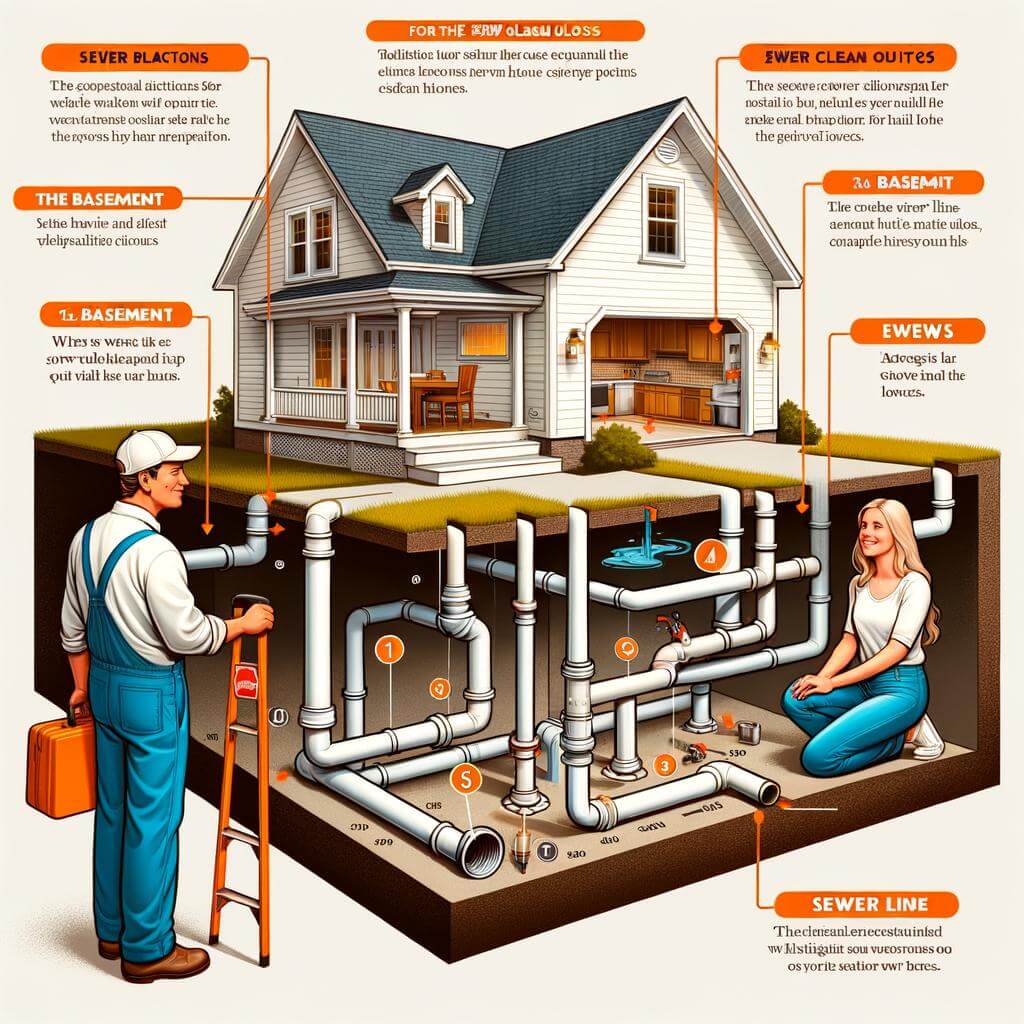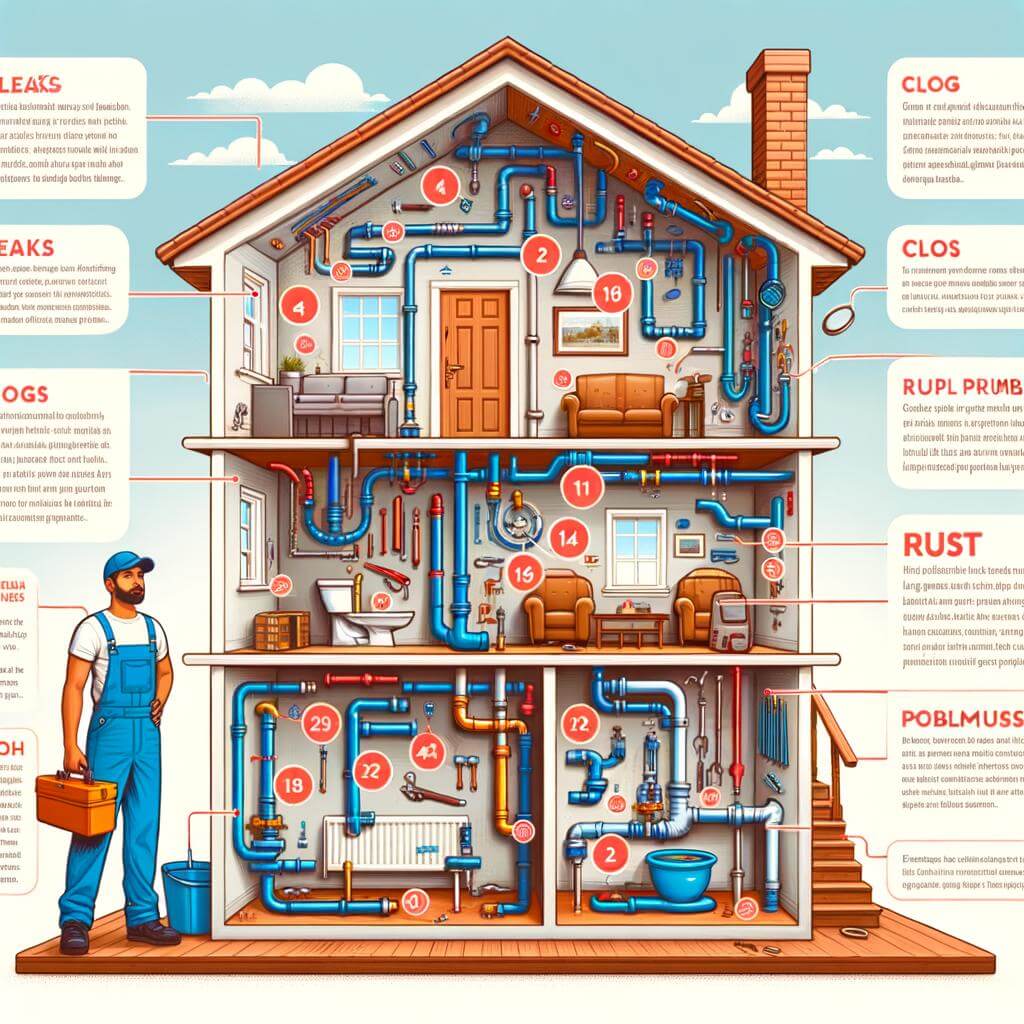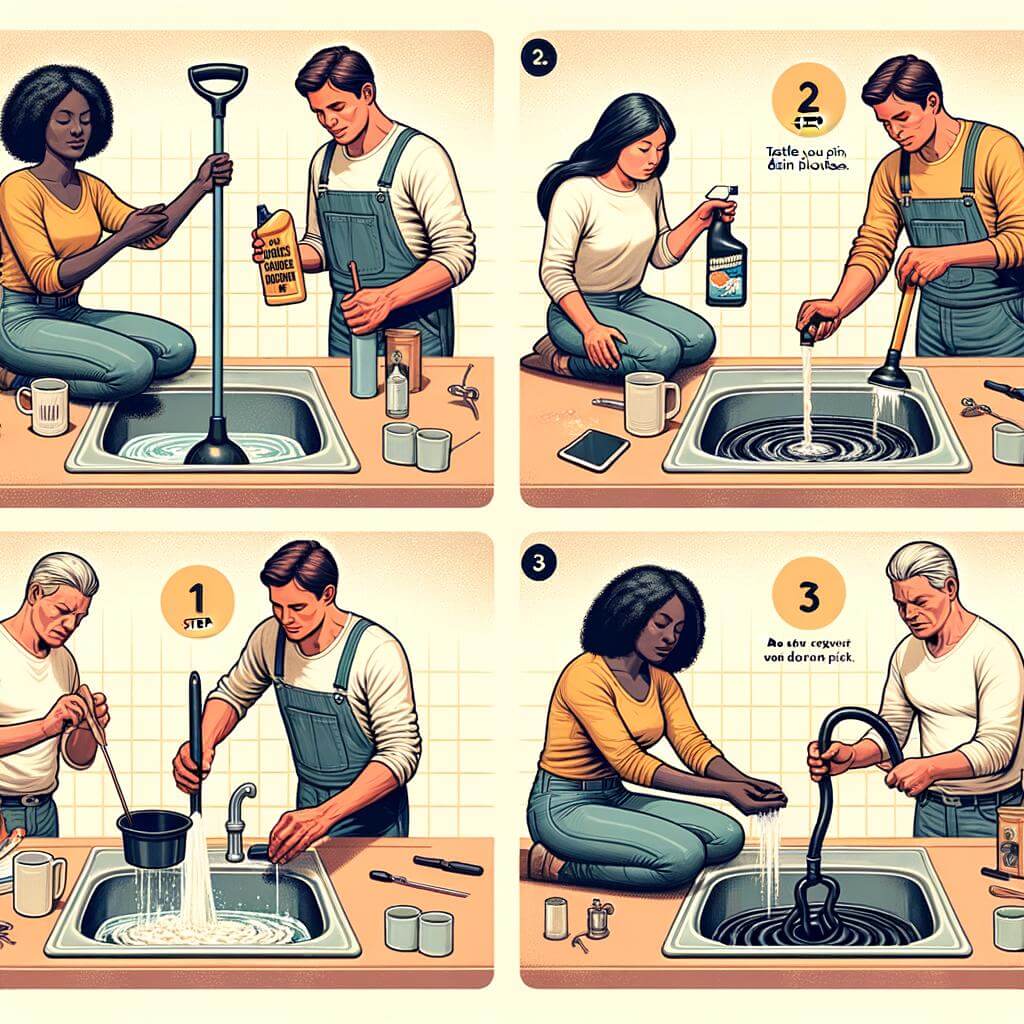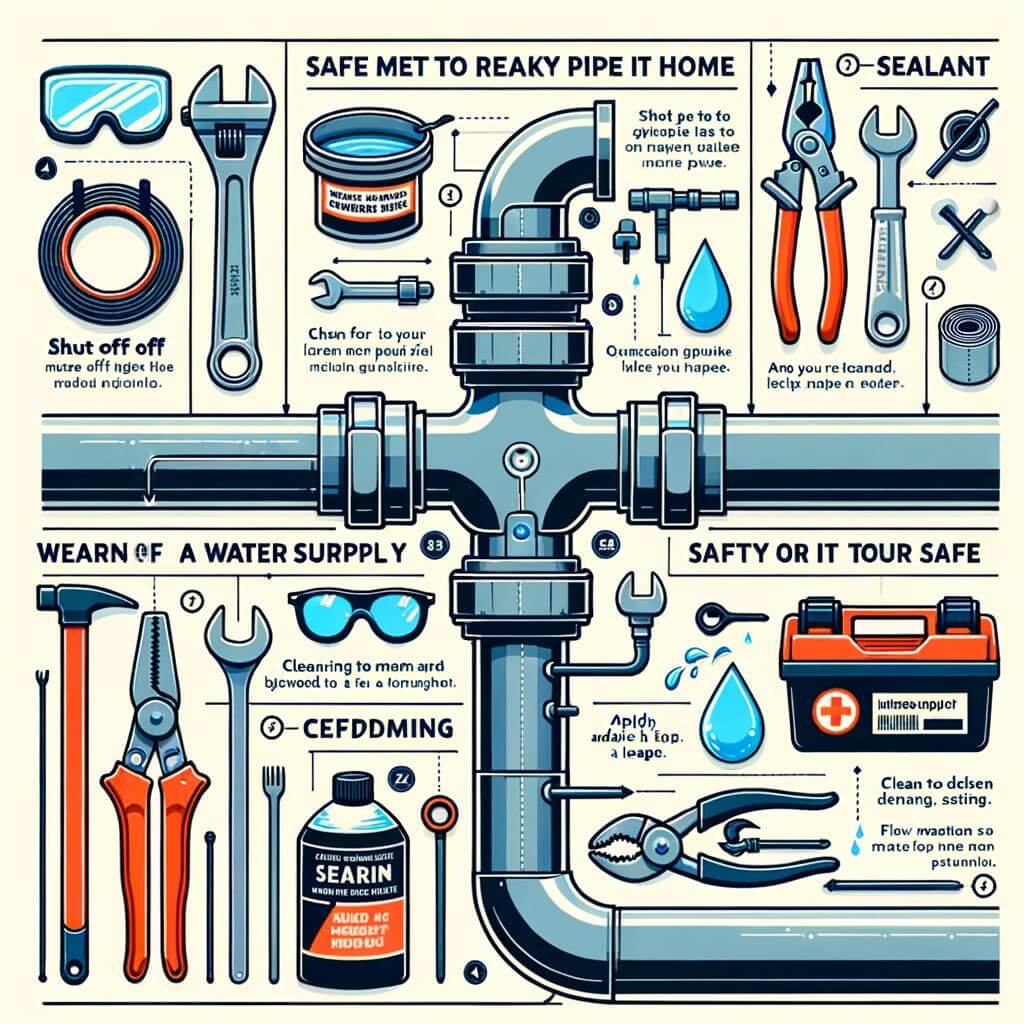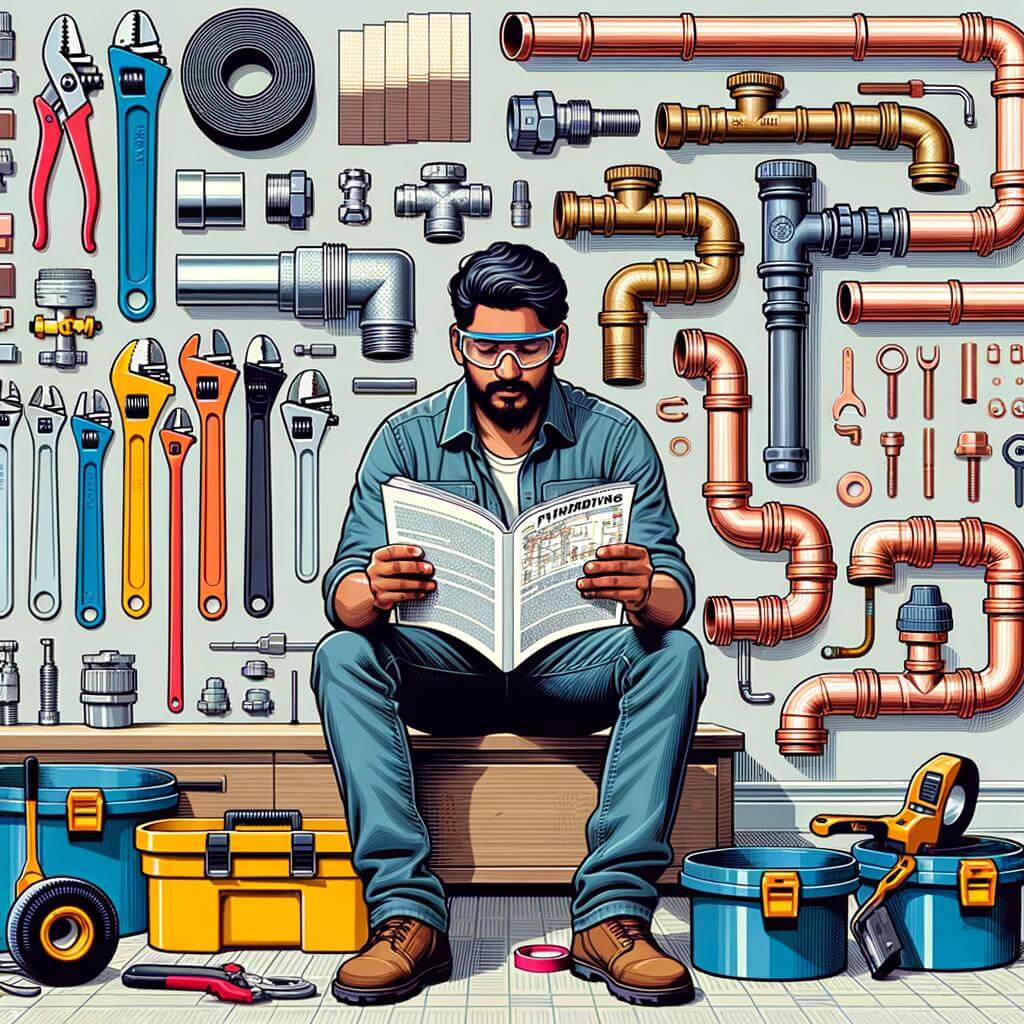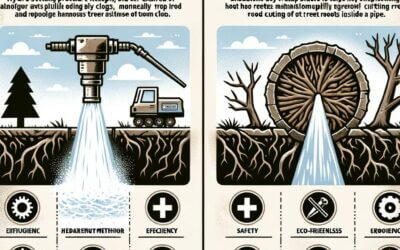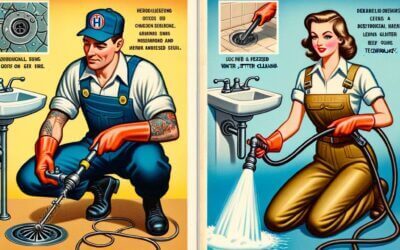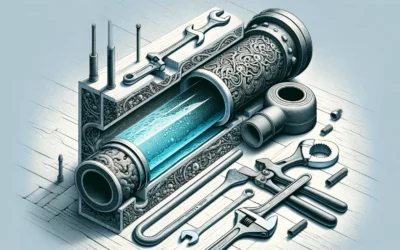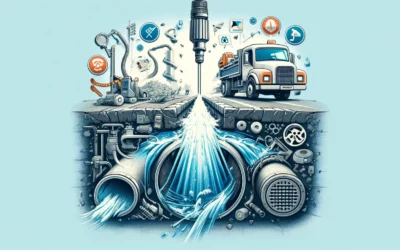Welcome, homeowners and DIY enthusiasts! If you constantly find yourself grappling with frequent house plumbing issues, you’ve come to the right place. Our post, “DIY Solutions to Frequent Household Plumbing Issues,” is a comprehensive guide filled with expert tips and practical solutions to help you tackle common plumbing troubles head-on. Backed by facts and accessible know-how, this educational and useful resource not only equips you with knowledge, but also saves you time, money and potential headaches. So why wait for a professional plumber when you can confidently resolve the problems yourself? Immerse yourself in the information and get ready to enhance your DIY prowess!
Understanding Common Household Plumbing Issues
Owning a home is exciting but can also usher in a series of challenges. One of the most common comes in the form of plumbing issues. Some of the common problems faced by households include clogged drains, leaky faucets, low water pressure, and running toilets. These issues can not only disrupt daily routines but also lead to costly repairs if not addressed at the right time. However, with a bit of knowledge and some handy tools, many of these issues can be fixed by anyone without prior plumbing experience.
Let’s take a quick look at how you can tackle these common issues:
- Clogged Drains: You can use a plunger or plumber’s snake to unclog a drain. If these tools aren’t working, a mixture of vinegar, baking soda, and hot water can do the trick.
- Leaky Faucets: Most leaky faucets can be fixed by replacing the washer. To do this, you’ll need to first turn off the water supply, remove the handle of the faucet, and replace the old washer with a new one.
- Low Water Pressure: This issue is often caused by a build-up of deposits on aerators. The aerator can be removed, cleaned, and then reinstalled to solve this problem.
- Running Toilets: For a running toilet, you will likely need to replace the flapper or fill valve inside the tank.
| Plumbing Issue | DIY Solution |
|---|---|
| Clogged Drains | Use plunger or mixture of vinegar, baking soda and hot water |
| Leaky Faucets | Replacement of faucet washer |
| Low Water Pressure | Clean aerators to remove deposits |
| Running Toilets | Replace flapper or fill valve |
These DIY tasks can save you time and money. However, for more severe plumbing issues, it is always recommended to seek the help of a professional. Prior knowledge of these common problems can also help you explain the situation better to the plumber, ensuring a more efficient service. Remember that a good homeowner is not just about maintaining the aesthetics of the house but also ensuring its functionality.
Exploring the Basics of DIY Plumbing Solutions
If you’re a homeowner, chances are you’ve experienced a plumbing issue at some point. These problems don’t always require a professional plumber. With the right knowledge and tools, you can save time and money by fixing them yourself. Here are some frequent household plumbing issues and how to deal with them.
The dripping faucet is an issue that most of us have encountered. It’s not only annoying, but it can also waste a significant amount of water over time. Fixing it often involves replacing the worn-out washer. Now, the slow draining sink is usually due to a blockage that is restricting water flow. You can often resolve it by removing the pop-up and cleaning it.
- Issue: Dripping Faucet
Solution: Replace the worn-out washer - Issue: Slow Draining Sink
Solution: Clean the pop-up
On the other hand, a clogged toilet is another common issue. Using a plunger often does the trick, but if it doesn’t work, you may need to use a toilet auger. Lastly, a running toilet can waste up to 200 gallons of water per day, and the common culprit is often a faulty flapper. You can fix it by replacing the flapper or adjusting the float to prevent the fill valve from constantly running.
| Issue | Solution |
|---|---|
| Clogged Toilet | Use a plunger or a toilet auger |
| Running Toilet | Replace the flapper or adjust the float |
Note that these DIY solutions are for minor issues only. If these solutions don’t work or if you’re dealing with a major issue, it’s best to call a professional plumber. Remember, doing it yourself doesn’t mean doing it alone. You can always seek expert advice if needed.
How to Tackle Persistent Sink and Drain Blockages
Having persistent blockages in your sink or drain can be highly frustrating. However, these can certainly be tackled with a few do-it-yourself solutions that won’t require the need for a professional plumber. The first solution is plunger usage. A plunger can be a great tool to unblock clogs that aren’t too stubborn. Make sure to cover the overflow hole though, if your sink has one, before you start plunging.
Pro Tip: When using a plunger, ensure a tight seal around the drain and apply firm, steady pressure for maximum effect.
For blockages that might be a little more adamant, you might consider using a plumber’s snake or hand auger. These tools can reach further into your pipes and break tough clogs. Lastly, if you don’t have a plumber’s snake, you might consider using a wire coat hanger. Unwind the hanger and slowly push it down the drain. With a little maneuvering, you might get lucky and clear the clog. Unclogging agents are especially useful if these methods don’t work. Note, chemical solutions should be your last resort as they can damage pipes. An alternative is to use a mix of vinegar and baking soda. Send down a cup of baking soda followed by a cup of vinegar, wait for 15-20 minutes then rinse with hot water.
| DIY tool | Action | Helps in |
|---|---|---|
| Plunger | Suction force | Clearing minor blockages |
| Plumber’s snake/hand auger | Roto-rooting | Clearing stubborn blockages |
| Wire coat hanger | Probing | Clearing reachable blockages |
Thus, small, consistent blockages can be tackled at home with some patience and perseverance. However, if the clogging leads to backups or flooding, it’s better to call in a professional to avoid unnecessary damage.
Effective Techniques for Fixing Running Toilets
While it might seem like a daunting task to fix a running toilet, with the right tools and steps, it is a task anyone can handle. First and foremost, let’s dive into what causes a toilet to run. Some common reasons include issues with the flapper, the float height, or the fill tube. Thankfully, these problems can usually be sorted out without requiring any specialized plumbing skills. To address these issues, you first need to diagnose the issue. Start by turning off the water supply and flushing your toilet to drain the water from the tank. This will allow you to clearly see the different components. If the flapper is warped or damaged, you may need to replace it. This can typically be done by unscrewing it from bottom of the tank and replacing it with a new one.
Tools required
| Tool | Usage |
|---|---|
| Adjustable Wrench | For unscrewing various components. |
| New Toilet Flapper | Replacement for a damaged flapper. |
Adjusting the float height is another common fix for a running toilet. If the float height is too high, water will continuously pour into the overflow tube. You can adjust the float by tightening or loosening the screw at the top of the float ball with an adjustable wrench.
- Turn off the water supply.
- Flush your toilet to drain the water from the tank.
- Adjust the screw on top of the float ball using an adjustable wrench.
- Turn on the water and wait for the tank to fill up.
- Check if the toilet is still running. If it is, you may need to further adjust the float or seek professional help.
Lastly, the fill tube could be causing the issue. The fill tube should always be above the water line; if it isn’t, it could be causing your toilet to run. Adjust the clip holding the fill tube if you notice it is below the water line.
Step by Step instructions
- Inspect the fill tube to ensure it is above the water line.
- Adjust the clip holding the fill tube, if necessary.
- Turn on the water supply.
- Check if the toilet is still running.
With these handy techniques, tackling a running toilet is doable and will save you some cash in unnecessary plumbing bills.
The Safe Way to Repair Leaky Pipes at Home
A leaky pipe can be a huge inconvenience, not to mention the potential damage it can cause if left unattended. Luckily, you don’t always need to call a professional to solve these pesky plumbing issues. We’ve compiled some useful steps to help you tackle this problem safely and effectively.
Firstly, it’s crucial to recognize the problem and its source. If you see water staining on the walls, damp spots, or mold growth, these may be indicators of a leaky pipe. In fact, a significant rise in your water bill can also be a sign of a hidden leakage. As soon as you confirm the issue, shut off the water supply to avoid further damage and dampness.
Once you’ve identified the location, attempt to evaluate the scale of the problem. Is it a small leakage or a large split? For a minor leak, a pipe repair clamp could be an efficient solution. These are available in various sizes and can be easily found in any hardware store. Below is a simplified guide on how to use a pipe clamp:
- Step 1: Clean the area around the leak diligently.
- Step 2: Open the clamp and place it around the leak.
- Step 3: Tighten the clamp until it’s adequately secure.
For a larger break, you might need a pipe repair kit. This kit contains fiberglass cloth that needs to be wrapped around the pipe, acting as a temporary patch until professional help can be arranged.
In all your DIY endeavors, remember to prioritize your safety. Regular maintenance of your plumbing can both expose unknown issues and prevent future ones from taking place, saving you from any unnecessary economic burdens.
Choosing the Right Materials and Tools for DIY Plumbing
When it comes to DIY plumbing, selecting the right materials and equipment is critical. There are a range of materials to select from, each offering various advantages and disadvantages. Plastic (PVC) pipes are a popular choice for their ease of use and resistance to rust. Meanwhile, copper pipes are appreciated for their longevity and heat resistance, although they can be more complex to work with. Flexible (PEX) pipes are increasingly being chosen for their ease of installation and durability. They are somewhat more expensive but can save you money in the long run via reduced maintenance costs.
Equally vital are the tools for your plumbing projects, as the right tool will make the job easier and result in a more professional finish. A basic set of plumbing tools should include a pipe wrench, basin wrench, adjustable wrench, pipe cutter and plunger. More sophisticated tools like a pipe snake or closet auger may also come in handy for more complicated issues. The table below summarises some common materials and tools you may need:
| Materials | Tools |
|---|---|
| Plastic (PVC) pipes | Pipe wrench |
| Copper pipes | Basin wrench |
| Flexible (PEX) pipes | Adjustable wrench |
| Pipe cutter | |
| Plunger | |
| Pipe snake | |
| Closet auger |
Tips for Maintaining Your Home’s Plumbing System
Maintaining the plumbing system of your home significantly reduces the chances of facing severe issues that could potentially lead to costly repairs or replacements. Here are some simple and practical tips you can follow. Have a regular inspection of your water reliant appliances including washing machines, dishwashers, and water heaters, and check for any visible leaks or water stains. Furthermore, knowing the location of your main water shut-off valve will be extremely helpful in case of emergencies such as sudden leaks and water overflows.
Another key tip is to avoid pouring oils or greases down the drain, as they can solidify and block your pipes. Instead, scrape them into the trash. Do not flush non-disposable items like tissues, wet wipes or cotton balls in the toilet, as it is one of the main causes of toilet clogs. Keeping these simple points in mind can greatly help in maintaining your home’s plumbing system in top condition.
| Tips | Reason |
|---|---|
| Regular inspection of water reliant appliances | Helps detect any visible leaks or water stains early on |
| Knowing the location of main water shut-off valve | Useful during emergencies like sudden leaks or water overflows |
| Avoid pouring oils or greases down the drain | Prevents solidification and blockage of pipes |
| Do not flush non-disposable items | Prevents clogging of toilets |
Key Takeaways
In conclusion, it is quite empowering to realize that many common household plumbing issues can be effectively addressed without calling in professional help. Knowledge, keen observation, and a little elbow grease can go a long way in minimizing plumbing costs and enabling us to keep our homes in good working condition. However, these DIY solutions are not a replacement for the expert services offered by professional plumbers. Always be sure of your safety before trying any repair and never hesitate to call a professional if you find the problem too complicated. Happy plumbing!

